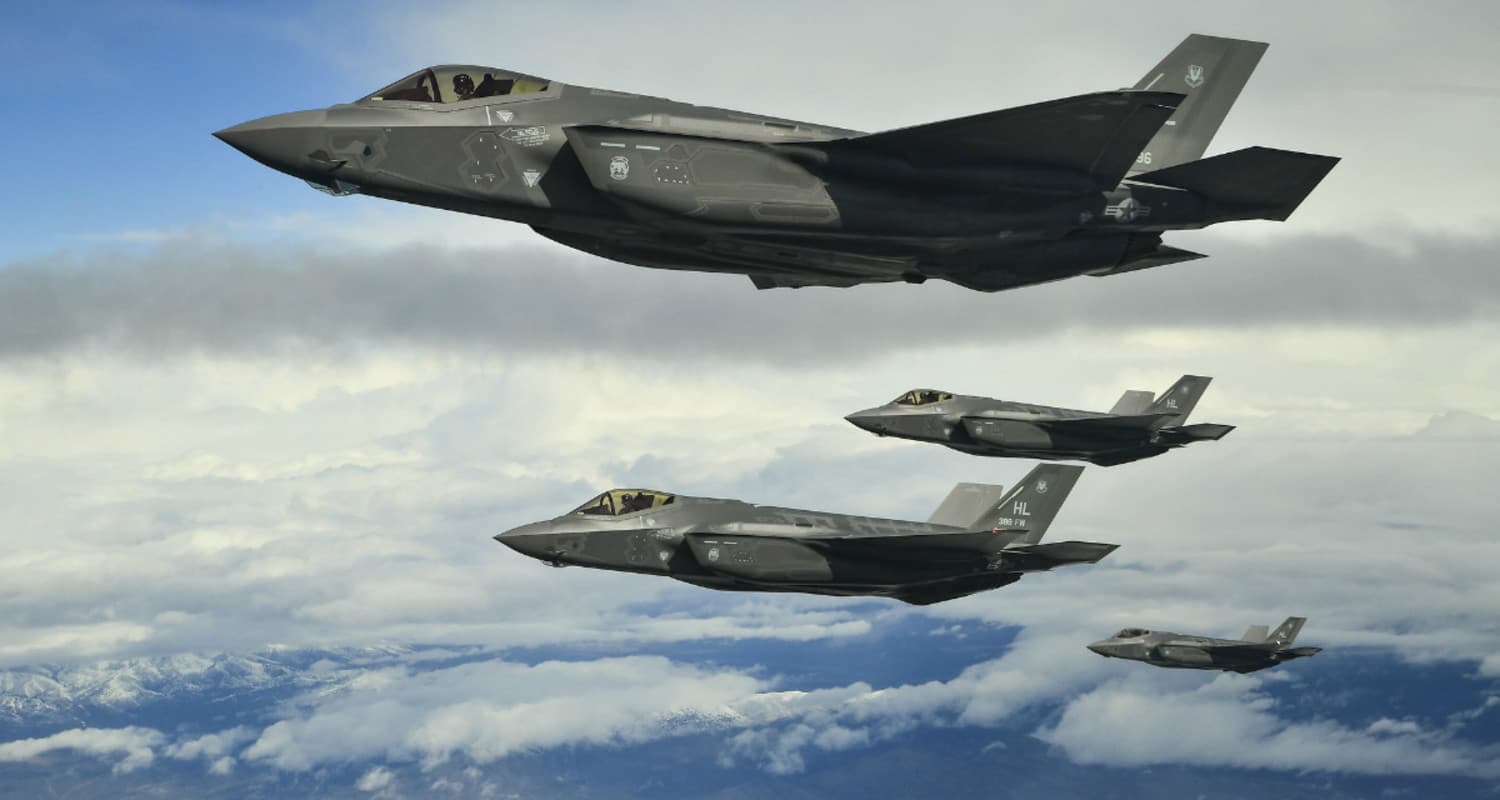Case StudyEcosystem Team: Creating An Ecosystem Vision - Revolutionizing Air Force Software Delivery with Kessel Run
Kessel Run, an initiative within the United States Air Force (USAF), was established to overhaul the way the Air Force develops and delivers software. Historically, software projects within the USAF were plagued by lengthy development cycles, often taking seven to ten years to deliver solutions, which were usually obsolete by the time they were deployed. Outdated methodologies and a lack of user-centric design further compounded these issues, resulting in inefficiencies and software that failed to meet operational needs. Additionally, the Air Force faced challenges in fostering a culture of innovation and agility within the world's largest bureaucracy, which hindered the ability to respond swiftly to changing mission requirements. The challenge was to transform this environment to ensure rapid delivery of mission-critical software.

The Solution
Kessel Run adopted a visionary approach that focused on cultural transformation and agile methodologies. The key steps in their approach included:
- Setting the Stage: Kessel Run emphasized the need for organizational transformation over purely technical changes. They communicated that the real challenge was shifting the culture to embrace innovation and agile practices.
- Creating a Compelling Vision: The initiative was named after the famous "Kessel Run" from Star Wars, symbolizing a swift and daring approach to software development. This vision was widely communicated to inspire and align the teams.
- Fostering Innovation: Kessel Run implemented agile and DevOps methodologies, focusing on continuous integration and delivery. This approach was supported by cross-functional teams working closely together.
- Emphasizing User-Centric Design: The initiative prioritized understanding the needs of end-users (Air Force personnel) and incorporated their feedback into the development process. This ensured the software solutions were practical and effective in real-world scenarios.
- Building a Collaborative Culture: Kessel Run fostered a collaborative environment where open communication and shared goals were encouraged. This was achieved through regular workshops, team-building activities, and a flat organizational structure.
Outcomes achieved
The adoption of a compelling vision and innovative practices led to significant improvements in Kessel Run’s software delivery capabilities. Key outcomes included:
- Accelerated Development Cycles: The use of agile and DevOps practices dramatically reduced the time required to develop and deploy software, allowing for rapid iteration and improvement.
- Enhanced Software Quality: By focusing on user needs and incorporating continuous feedback, Kessel Run delivered higher quality software that effectively met the operational demands of the Air Force.
- Cultural Transformation: The initiative successfully instilled a culture of innovation and agility within the USAF, breaking down bureaucratic barriers and fostering a more dynamic and responsive approach to software development.
- Increased Operational Efficiency: The improvements in software delivery and quality translated into greater operational efficiency for the Air Force, enhancing mission readiness and effectiveness.
